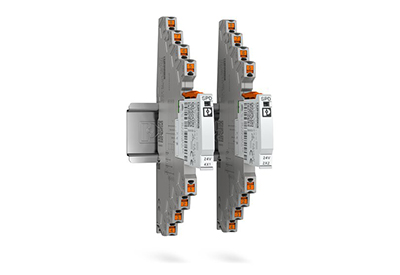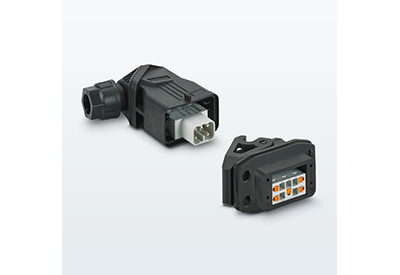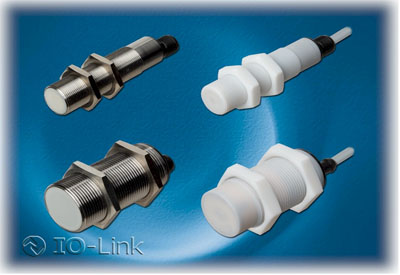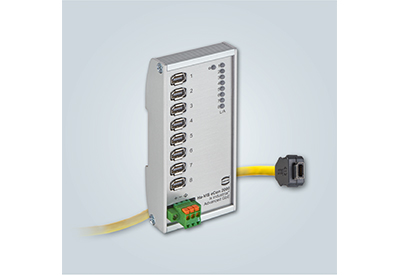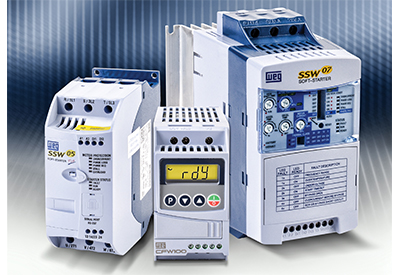SB6100 Series – Ground-Fault Circuit Interrupter (GFCI) and Equipment Ground-Fault Protective Device (EGFPD)

October 28, 2020
Special-Purpose Ground-Fault Circuit Interrupter (GFCI), Class C and Class D
Industrial Shock Block (ISB) is a personnel protection device designed to meet the requirements for special-purpose GFCIs defined by UL 943C. This standard outlines GFCI classes specifically designed for use in industrial facilities. Class C GFCIs are intended to be used on three-phase systems where the line-toline voltage is 480 V or less with a trip level of 20 mA, while Class D GFCIs are intended to be used on 600 V systems. The Industrial Shock Block includes an automatic self-test feature and is compliant to the UL 1998 Software in Programmable Components standard.
Ground-Fault Circuit Interrupter (GFCI), Class A
The Shock Block is available as a Class A GFCI, allowing commercial kitchens, construction sites, and other non-dwelling units with wet areas to meet NEC 210.8(B) for their 3-phase loads up to 100 A.
Equipment Ground-Fault Protective Device (EGFPD)
Industrial Shock Block is also available with adjustable protection settings as an EGFPD. The EGFPD models can be set to trip at 6 mA or from 10-100 mA in increments of 10 mA. This offers more flexibility since GFCI devices are not allowed to have an adjustable trip level.
Rating and Models
Industrial Shock Block (GFCI & EGFPD) is available for three-phase voltages from 208 to 600 V with a maximum full load current of 100 A, and a built-in overcurrent protection supplied by Littelfuse Class T fuses. The power system can be either solidly or high-resistance grounded and the load must be three phase without a neutral.
Two options for enclosures are available: UL-recognized open-chassis models are available for installation in existing electrical enclosures and UL-listed enclosed models include a NEMA-4X enclosure for stand-alone installations.
Ground Wire (Load-Ground) Monitor
The Industrial Shock Block also monitors the ground wire (load-ground) connection between the Industrial Shock Block and load. This is a required feature for Class C and D GFCI devices and and is recommended for Class A GFCI and EGFPD devices. If the connection is broken, the Industrial Shock Block will trip and provide an alarm by changing the state of the alarm contacts. This monitoring circuit includes an extra wire (pilot wire) between the Industrial Shock Block and load (since the monitoring current is low, only a small wire is required). At the load, the pilot wire is connected to a termination device. The other end of the termination device is connected to the load ground (typically the enclosure).


